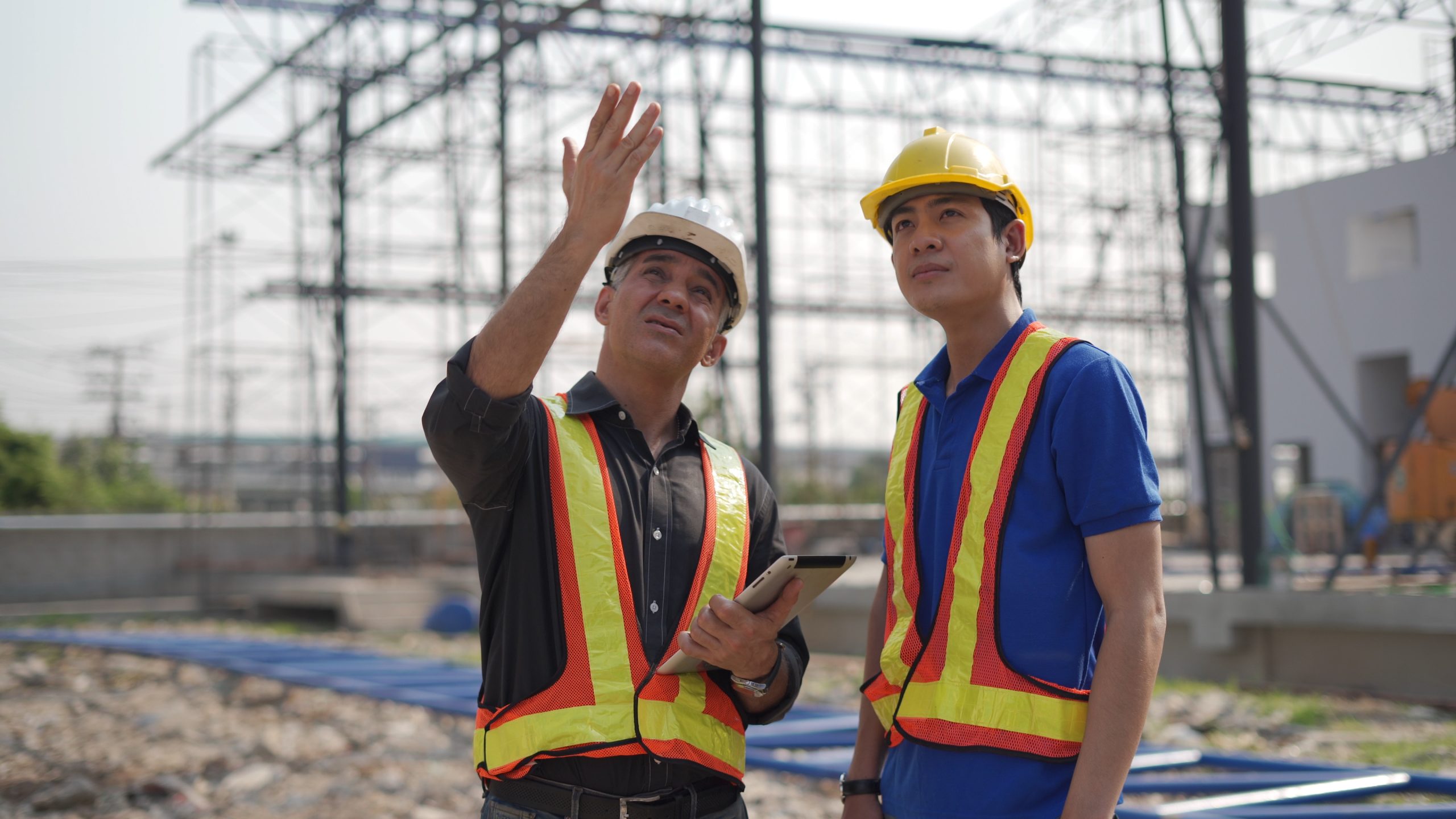Keeping construction workers safe – the first 90 days
How to ensure your new employees understand your safety culture and stick to it!



How to ensure your new employees understand your safety culture and stick to it!
JMJ Managing Director, Americas Market Leader, Larry Pearlman, explains why it’s never too early to introduce new recruits to your safety culture. He offers practical advice for construction leaders to ensure their culture is understood, embedded and adhered to.
The first 90 days set the stage for the entire employment relationship, yet new employees typically report having a poor onboarding experience. They see this time as a ‘check the box’ exercise. This is deeply concerning given that employees are at their most vulnerable during those first months. In fact, research by the Institute for Work & Health (IWH) [1] found that many new construction employees lack the physical experience required for such pressing work. As a result, they’re three times more likely to suffer a lost-time injury than workers who have been at their job for more than a year. This is particularly true of workers in the 25-54 age range. All this is happening at a time when there are worker shortages and concurrent rapid growth of construction activity. Consequently, the demand for effective onboarding has never been greater.
In addition to traditional on-boarding, safety onboarding should begin even before a new employee joins your organization. We believe that new workers should be introduced into a safety culture and mindset as soon as they apply for a role. Firms should make their safety and cultural expectations clear in the recruiting process, and even engage interview teams in evaluating candidates for safe work behaviors. These may include the willingness to voice safety concerns, follow procedures and identify operational risks.
What can construction leaders do NOW to protect their people? Here are my tips for ensuring new recruits understand your safety culture and stick to it!
*“Dojo is Japanese for “place of the way.” The concept is both a physical and metaphorical space where teams can come to learn agile principles, certainly, but also improve other aspects of software engineering or embrace new frameworks and tools.” (Thomson Reuters).
Must wins are the processes that have to be implemented correctly to all new hires. These include:
When new employees’ competencies are verified, make a big deal of retiring the green hard hat. Celebrate their ‘graduation.’ At the same time, as all of us know, safety is never ‘done.’ Ensure that this initial induction is the beginning of a lifelong commitment to ensuring every worker goes home safely to their family, every day.
If you would like to learn more about how JMJ’s Incident and Injury-Free™ methodology can help you create a culture of care across your organization and projects, contact us for a no-obligation chat.